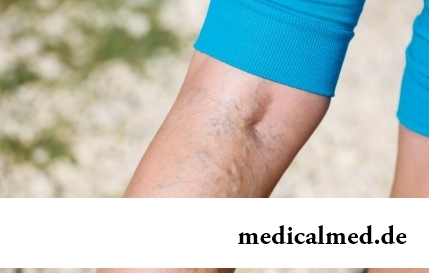





Hemorrhagic fever
Under the term "hemorrhagic fever" the group of infectious diseases owing to which there is a toxic defeat of walls of vessels and development of a hemorrhagic syndrome is joint. The disease is characterized by the general intoxication of an organism and development of multiorgan pathologies. Let's consider in more detail the main symptoms, treatment and methods of prevention of hemorrhagic fever.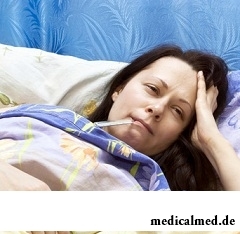
Origins of hemorrhagic fevers
The disease is caused by the following viruses: Filoviridae, Arenaviridae, Bunyaviridae, Togaviridae. All these viruses are combined by one common feature – relationship to cells of an endothelium of vessels of the person. Carriers of these viruses are mites and mosquitoes. Some types of hemorrhagic fever are transferred food, contact and household and water in the ways.
The person possesses quite high susceptibility to hemorrhagic fevers. Are especially subject to a disease of the person whose professional activity is connected with continuous contact with the wild nature.
The damage mechanism at hemorrhagic fevers
- damage of vessels by a virus or product of its exchange;
- inflammation and disturbance of integrity of walls of vessels, release of biologically active agents in a gleam;
- development of the IDCS owing to deficit of bleeding (a simultaneous blood coagulation in one vessels and low coagulability in others).
All these symptoms of hemorrhagic fevers cause shortage in oxygen fabrics (hypoxia), there is a disturbance of cardiac performance, a brain, kidneys, lungs and an essential loss of blood.
Disease severity depends on its look, and also on features of a human body and a degree of activity of its immunity. Preferential hemorrhagic fevers come to an end with an absolute recovery, but there are also lethal outcomes.
Symptoms of hemorrhagic fever
In most cases all types of hemorrhagic fevers have a similar current. The period of an incubation makes 1-3 weeks, the initial stage (2-7 days), the heat period (up to 2 weeks) and the reconvalescence period further follows (up to several weeks).
On an initial stage of a disease intoxication of an organism and fever which is followed by hallucinations, nonsense and a loss of consciousness is observed. Against the background of the general intoxication a characteristic symptom of hemorrhagic fever is the toxic hemorrhage. Disturbance of a cordial rhythm and a lowering of arterial pressure are noted. The general blood test testifies to a leukopenia and the accruing thrombocytopenia.
Just before approach of the period of a heat the condition of the patient is quickly normalized then there is an increase of toxicosis, the hemodynamics is broken, there are multiorgan disturbances. In the period of reconvalescence the gradual utikhaniye of symptoms of hemorrhagic fever and recovery of a normality of systems of an organism is observed.
Hemorrhagic fever promotes development of heavy complications, quite often life-threatening the patient: coma, acute renal failure, infectious and toxic shock.
Diagnosis of hemorrhagic fevers
Basis of diagnosis of hemorrhagic fevers are data of the epidemiological analysis and a clinical picture. Specific diagnosis is carried out using the following methods:
- enzyme immunoassay (IFA);
- serological researches (RNIF, RSK);
- virologic method;
- identification of viral antigens (PTsR).
The main feature of hemorrhagic fevers is thrombocytopenia and presence of erythrocytes in Calais and urine, and also presence of symptoms of anemia. Bleeding on the course of digestive tract is confirmed by the positive analysis a calla on the occult blood.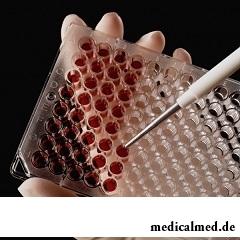
The main symptoms of hemorrhagic fever with a renal syndrome are the aneosinophilia, a leukopenia, the increased maintenance of band neutrophils. In urine protein and cylinders is noted, and in blood residual nitrogen is observed.
Treatment of hemorrhagic fever
At any kind of hemorrhagic fever of the patient it is necessary to hospitalize urgently. At treatment of fever the high bed rest is prescribed the patient. It is necessary to eat the digestible semi-fluid and caloric dishes which are most saturated with vitamins: fruit and berry juice, vegetable broths, fruit drinks, dogrose infusions. Surely appoint vitamin therapy. For four days it is necessary to accept Vikasolum (vitamin K).
Besides, appoint glucose solution intravenously, and in the period of fever hemotransfusion can be made by small amounts. If necessary appoint iron preparations, campolon and antianemin. Antihistaminic drugs also are a part of complex treatment. The patient is discharged from hospital only after final recovery then some time he is observed on an outpatient basis.
Prevention of hemorrhagic fever
First of all it is necessary to take the measures directed to destruction of carriers of an infection and the prevention of stings for prevention of hemorrhagic fevers. For this purpose in places of natural distribution carry out careful cleaning of the areas prepared under the settlement of mites and mosquitoes.
In places where epidemic is especially widespread, it is recommended to wear dense clothes, gloves, boots, and also special antimicrobic masks and overalls. In forests it is recommended to use repellents.
From some types of hemorrhagic fevers carry out vaccination.
Drug for cough Terpinkod is one of leaders of sales, not because of the medicinal properties at all.

Nightmares belong to the most unpleasant frustration. Statistically, they happen at 4% of adults, and almost at 70% of children and...
Section: Articles about health
With age in a human body harmful substances collect. We receive them with food and water, at inhalation of the contaminated air, reception of medicines, use of household chemicals and cosmetics. A considerable part of toxins accumulates in a liver, osnovno...
Section: Articles about health
The Genetically Modified Organisms (GMO) are plants or animals (as a rule, agricultural) to whose genotype purposeful changes were made. Opposition of supporters and opponents of inclusion of such organisms in foodstuff always was very acute. Not only scientists and dietitians, but also a large number of the people who are not specialists in this question are involved in active disputes today....
Section: Articles about health
The dietology, as well as other sciences, does not stand still. Food stuffs are exposed to comprehensive study, and scientists receive new and...
Section: Articles about health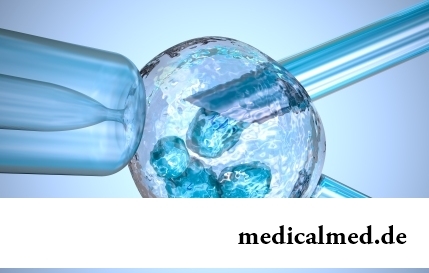
EKO, or extracorporal fertilization - a method of treatment of infertility which became the reason of a set of broken-down copies in due time accused the people working on its creation neither more nor less of rivalry good luck. Already very few people deny the rights...
Section: Articles about health
The popular expression "run from a heart attack" became the motto of the people supporting active lifestyle. Moreover, run became a peculiar fashionable tendency: sales of racetracks and the accompanying goods for run are at permanently high level. Whether really it is possible for one and all people and it is necessary to run to receive the portion of health, a charge of cheerfulness and good mood?...
Section: Articles about health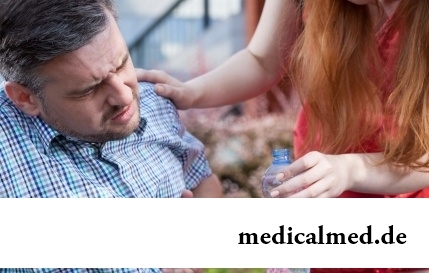
Each of us faces from time to time that other people need the immediate help. We react to it on-raznomu:...
Section: Articles about health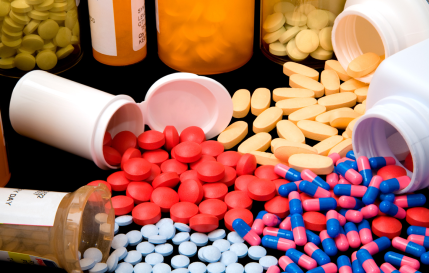
Long time antibiotics were considered as a panacea from all diseases and were appointed even at insignificant symptoms of an infection. Even now not everyone knows in what force of antibiotics how and when they should be accepted. Let's discredit 7 popular myths about such drugs...
Section: Articles about health
Bathing in broths of medical flowers and plants (phytobathtub) was eurysynusic since Cleopatra who is a good judge in all that concerns beauty and health. And today phytobathtubs is the simple and available means allowing not only to remove nervous tension, but also to recover from many diseases. Grass bathtubs at treatment of cold, osteochondrosis, radiculitis, skin diseases, and also diseases of urinary tract and vessels are especially effective....
Section: Articles about health
Memory is an ability of the central nervous system to fix, keep and as necessary to reproduce information on knowledge...
Section: Articles about health
Musicotherapy – a treatment method which caused and causes a set of a controversy concerning its efficiency. However the facts are relentless: during the numerous researches curative impact of music on an organism was scientifically confirmed. Since then in a number of the countries a method...
Section: Articles about health
Sugar - the digestible refined product which is not of special value for an organism of the modern person. The use of sugar in food is based rather on the psychological dependence caused by desire to indulge itself with something tasty, and further and the biological, caused need of an organism for glucose as a result of big emissions of insulin in blood. Such circulation of insulin and glucose with continuous increase in portions of sugar is rather offensive and can become the reason for a narusha...
Section: Articles about health
Practice of hypnotic impact on consciousness of the person contains about two millennia. During this time scientists were in time a lot of things узн...
Section: Articles about health
It seems, quite recently you brought the baby from maternity hospital, but time flew by, and here it is already going to join the first in life children's collective. How to prepare the child for visit of a garden? What needs to teach him to facilitate process адап...
Section: Articles about health
The state of health of the person in many respects depends on food. The organism will well function if during food it receive only useful substances, necessary vitamins and microelements. In this case there will be no problems with digestion, with excess weight, and intellectual and physical activity will remain at the high level....
Section: Articles about health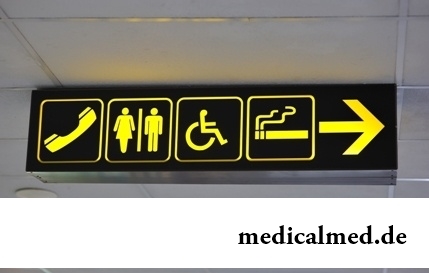
The saying "the rich do not know how the other half lives" is known to all. In a broad sense it is that we can not always understand the person, about...
Section: Articles about health
Aging — natural and inevitable process. Over time our skin loses elasticity, on it saggings are formed, the face form loses former clearness. The procedure of nitevy lifting (nitevy tightening) can successfully solve this problem. In order that it is better познако...
Section: Articles about health
The advantage of swimming for the person is so high that this sport is not only the most popular, but also is widely applied in medicine and rehabilitation processes. If you look for for yourself the occupation allowing pleasantly and to spend time, then swimming with advantage – the fact that it is necessary for you. And give learns several facts about swimming....
Section: Slideshow
Doctors claim that the people not so familiar with a dorsodynia occur among adult Russians very seldom. At the same time подавляющ...
Section: Articles about health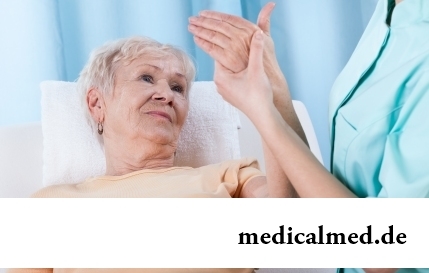
Osteoporosis this general disease which main sign is decrease in density of a bone tissue. On distribution width it takes the fourth place among noninfectious diseases. The illness develops at mature age more often: in our country to them harvest seasons...
Section: Articles about health
All diseases from nerves – in this joke a big element of truth, are said by doctors. Constant stresses lead to decrease in protective forces of an organism, and it becomes vulnerable for a set of diseases. It is wrong to think that the stress is a problem of the present. Life of people and hundred, and one thousand years ago also abounded with problems therefore need of a relaxation understood in ancient times – to some techniques more than one thousand years. The person needs knowledge of how it is possible to relax, this knowledge пригод...
Section: Articles about health
Maternal milk is the best food for the newborn. It is the unique natural product containing optimum set...
Section: Articles about health
Smack in a mouth can arise in the natural way – as a result of lack of morning hygiene or reception of the corresponding food. However in certain cases its existence is a sign of certain pathologies, and allows to reveal an illness at an early stage. In we depend...
Section: Articles about health
The medicine promptly develops, and the fact that else quite recently it seemed by miracle can now. We are not surprised any more to the fact that people with artificial joints and extremities can play sports, organ transplantation became a routine, and the latest cancer medicine allowed to achieve reduction of mortality in tens of times. Miracles of plastic surgery thanks to which people in 60 years are in the flower of beauty and freshness, too not a sensation any more....
Section: Articles about health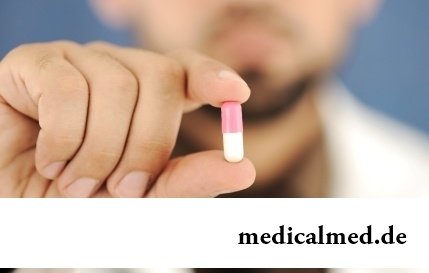
The drugs stopping or oppressing life activity of pathogenic microorganisms are widely applied in clinical practice with 4...
Section: Articles about health
Turnip, radish, horse-radish – once these and other products enjoyed wide popularity at our ancestors, being not only the food sating an organism but also the medicines curing of many diseases. Unfortunately, having given the use of some of them...
Section: Articles about health
For many spouses the question of planning of a family is one of the main. The problem of the choice of effective and safe contraceptives at the same time comes out on top. Russians still not often resort to operation of a vasectomy extremely popular in the USA, and also in some European and Asian countries. The reason is simple: most of men simply do not possess the complete information about specifics and effects of this procedure. Let's try to meet this lack and to acquaint readers about those...
Section: Articles about health
